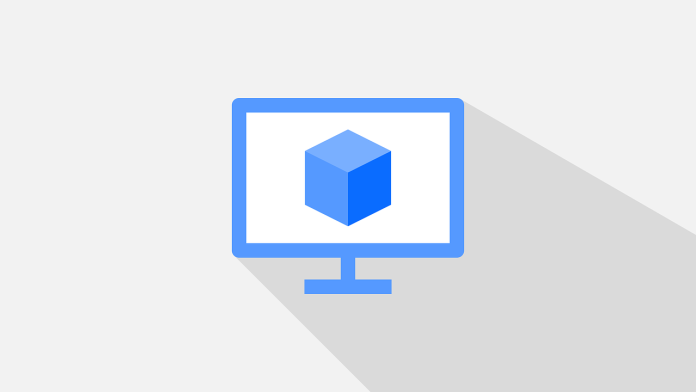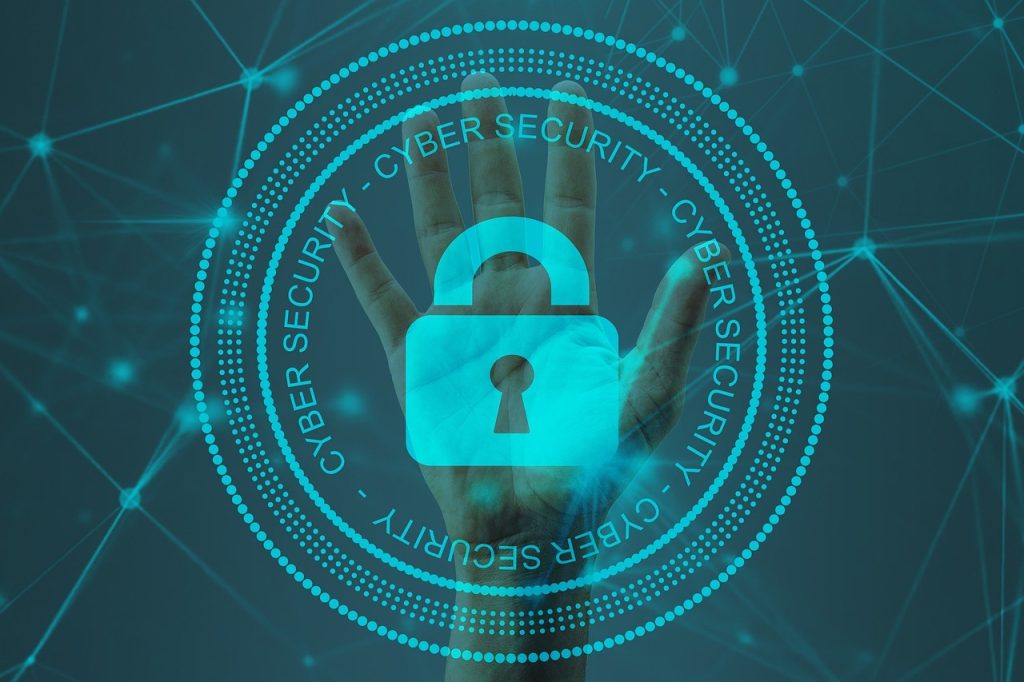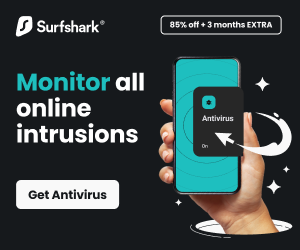Let’s discuss unlocking cyber risk quantification in this post. I’ll also show the steps for mastering the FAIR Model!
In an increasingly connected world, data breaches and cyberattacks have become everyday threats. Every organization, no matter the size or industry, relies on digital systems to operate, and that makes cyber risk management more than just an IT concern. It’s now critical to your organization’s reputation, operations, and financial health.
But here’s the challenge: Most businesses have limited security resources. That means guesswork isn’t an option, and you need to focus on what truly matters.
So, how do you cut through the noise and make informed, strategic cybersecurity decisions that empower your organization?
Meet FAIR, the Factor Analysis of Information Risk framework. It’s a powerful tool that helps organizations measure, prioritize, and manage cyber risks in financial terms, providing clarity in a space often dominated by complexity.
Table of Contents
Managing Cyber Risk with Confidence: Why FAIR Matters
From Technical Risk to Business Language
FAIR stands out because it turns cyber risk into something business leaders understand: dollars and cents. Rather than vague labels like “high risk” or “critical vulnerability,” FAIR quantifies potential losses from specific cyber events. This allows for meaningful discussions around risk at the executive level and helps decision-makers understand what’s at stake.
Think of FAIR as a universal language for cyber risk. It bridges the communication gap between technical experts and leadership by creating a standardized way to talk about threats, vulnerabilities, and impacts, bringing clarity and reassurance to all involved.
Building a Common Understanding: The FAIR Taxonomy
One of FAIR’s core strengths is the way it defines key risk components clearly and consistently. It creates a structured taxonomy that includes:
- Risk
- Threat
- Vulnerability
- Asset
- Control
By standardizing these terms, FAIR ensures that everyone from IT teams to board members is speaking the same language when it comes to risk. That means better alignment, clearer decisions, and less miscommunication.
How FAIR Combines Insight with Precision
What makes FAIR so effective is its ability to unite qualitative insight with quantitative analysis. Instead of relying solely on instinct or past experience, organizations use data and structured logic to evaluate cyber risk scenarios.
This helps businesses:
- Identify and prioritize high-impact risks
- Allocate cybersecurity budgets efficiently.
- Justify security investments with measurable ROI
- Communicate risk more clearly to stakeholders.
Risk analysis uses probabilities, not certainties. FAIR analysis aims for accurate risk ranges (like 60% chance of 125,000-$200,000 dollars in annual losses) rather than precise values.
Key Questions FAIR Helps You Answer
Organizations worldwide turn to FAIR to gain clarity in decision-making. This framework helps you answer critical questions like:
- What assets are most at risk?
- Which threats are most likely to cause damage?
- How frequently could an incident occur?
- What would it cost the business?
- What’s the right level of investment to reduce this risk?
- Which controls will reduce risk most effectively?
By answering these questions, FAIR helps optimize security spending and enhance regulatory compliance without sacrificing business agility.
How the FAIR Model Works
At the heart of the FAIR model is a simple yet powerful formula:
Risk = Loss Event Frequency × Loss Event Magnitude
Let’s break it down:
1. Loss Event Frequency
This estimates how often a cyber incident might happen. It’s based on:
- Threat Event Frequency: How often a threat is expected to occur.
- Vulnerability (or Susceptibility): The likelihood that the threat will succeed.
2. Loss Event Magnitude
This estimates the financial impact of a cyber incident. It includes:
- Primary Loss: Direct costs like system repair, ransomware payments, or lost productivity.
- Secondary Loss: Indirect costs, such as legal fees, reputational damage, fines, and loss of customer trust.
Some variables in the FAIR model are objective and data-driven, while others require expert judgment, particularly when estimating hard-to-quantify impacts like reputational loss. However, this specialist judgment is guided by calibration techniques and consultation, ensuring a high level of objectivity.
Tools and Resources for Implementing FAIR
FAIR is flexible. Whether you’re just getting started or already building a mature risk program, there are tools for every stage:
🔹 DIY FAIR
With just spreadsheets, you can perform fundamental FAIR analysis. It’s a good option for teams with data analysis experience.
🔹 FAIR-U
A free tool by the FAIR Institute and RiskLens, FAIR-U helps users analyze one risk scenario at a time through a guided interface ideal for training and small-scale assessments.
In addition to professional accreditation, technical documentation, and training programs, the FAIR Institute also provides a range of free educational resources on its website.
🔹 Open FAIR
An open international standard endorsed by The Open Group. It includes:
- The Risk Taxonomy Standard
- The Risk Analysis Standard
🔹 RiskLens FAIR Enterprise Model
This is a more advanced, enterprise-grade solution offering automated analysis, scenario modeling, and reporting. It is great for larger organizations looking for scalability and speed.
Steps to Running a FAIR Analysis
To run a FAIR assessment, follow these four core steps:
Step 1: Identify Risk Scenarios
Define what assets are at risk and what threats may target them.
Step 2: Estimate Frequency of Loss Events
Determine how often a threat might occur and succeed.
Step 3: Assess Loss Magnitude
Evaluate the potential financial impact, including both primary and secondary losses.
Step 4: Calculate and Express Risk
Multiply frequency by magnitude to arrive at a quantifiable risk value typically expressed in monetary terms.
The Benefits of FAIR: Why It Works
FAIR offers a modern approach to risk management grounded in business logic. Here’s what organizations gain:
✅ Strategic Alignment: Ensures security decisions support business objectives
✅ Scalability: FAIR is suitable for organizations of any size, from small startups to large enterprises, and across various industries, including finance, healthcare, and technology.
✅ Better Threat Modeling: Analyze and simulate complex attack scenarios
✅ Cost-Effective Security: Prioritize investments with measurable ROI
Bottom Line: Protect What Matters Most
Cybersecurity is about keeping hackers out and protecting your business’s future. With FAIR, you move beyond guesswork into a space where every risk is understood, measured, and addressed with financial clarity.
In a world of evolving threats and limited resources, FAIR helps you focus on what truly matters, making more intelligent decisions that strengthen your business from the inside out.
INTERESTING POSTS
About the Author:
Sonia Mishra is a cybersecurity professional specializing in risk management, governance, and compliance. With over a decade of experience advising enterprises on reducing digital risk, she writes to bridge the gap between technical security controls and business resilience.










